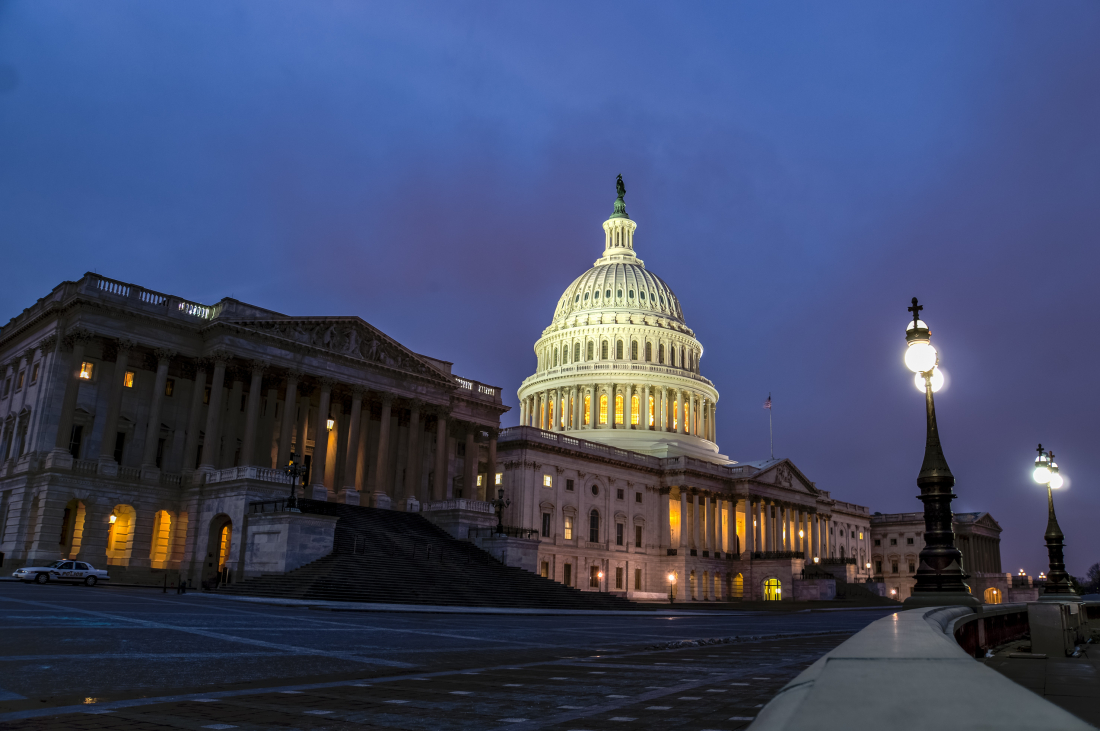ALG: What To Watch For In U.S. Midterms
The 2018 Congressional midterm elections are critical to the balance of power in Washington, D.C. RiYou must Subscribe or log in to read the rest of this content.
The 2018 Congressional midterm elections are critical to the balance of power in Washington, D.C. Ri
